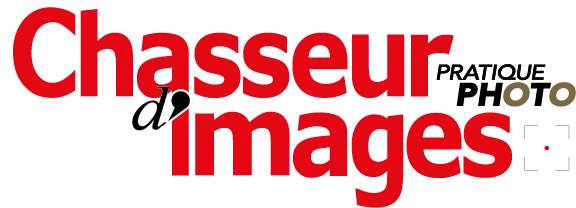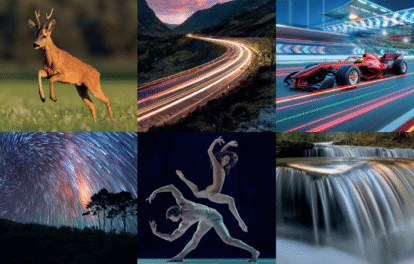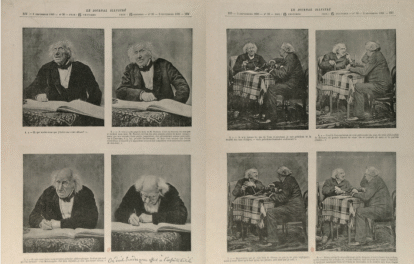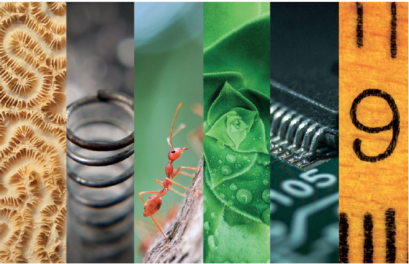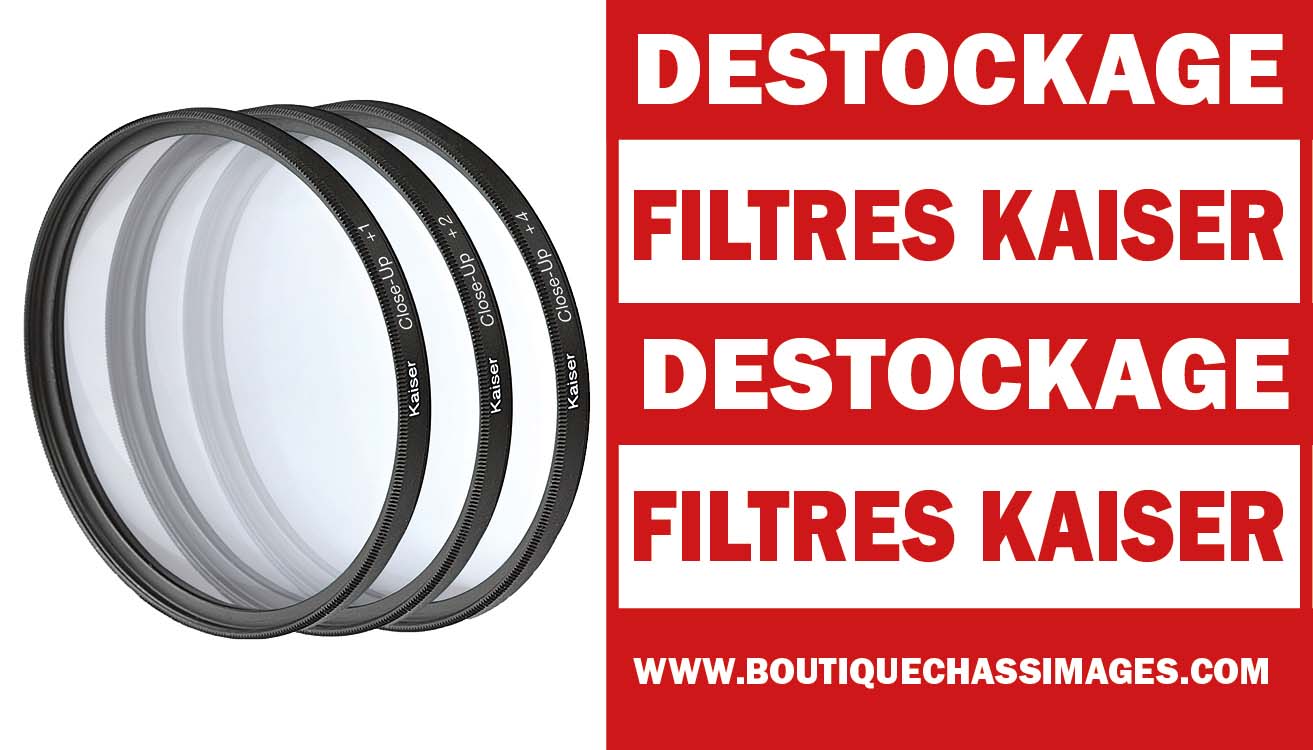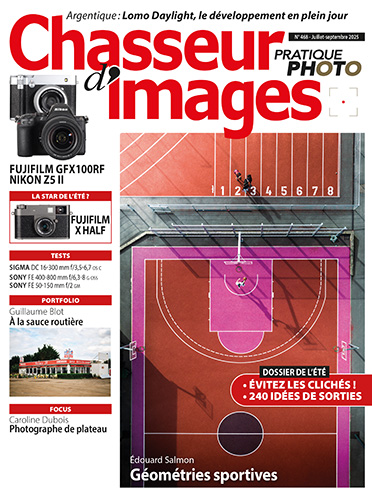Features
Many of the FZ2500’s features, such as 4K Photo, aren’t new, so we’re going to focus on what’s new and exciting.
Post Focus and Focus Stacking
 |
| Post Focus lets you tap the area in the frame on which you’d like to focus. Focus stacking lets you ‘draw-in’ multiple boxes, which will then be in focus. Image courtesy of Panasonic. |
Post Focus isn’t a new feature, but since it’s related to Focus Stacking, it’s worth a mention. Post Focus uses the camera’s 4K video capabilities to quickly rack focus through the scene. You can then, retrospectively, choose a focus point simply by tapping on one of 49 points and save the result as an ~8MP photo. It sounds gimmicky, but it’s handy for things like macro shooting, where it can make that shot that’s ‘a little bit off’ into something more appealing.
 |
|
| As shot (preproduction FZ2500 used) | Focus stacking (manual selection) |
Focus Stacking takes things a step further. It works in much the same way except here you can combine different areas in the frame that you want in-focus. For example, if you took a macro shot and you want an adjacent flower to also be sharp, you can tap that area, hit save, and voilá.
Focus and Aperture Bracketing
 |
The FZ2500 offers four types of bracketing: exposure, aperture, focus and white balance. |
The FZ2500 now has four different types of bracketing. It already offered exposure and white balance bracketing and the FZ2500 lets you bracket for focus and aperture, as well. Focus bracketing can take up to 999 shots (!) in steps of up to 10 levels (the distance of a level is not clear.). Aperture bracketing will take photos in full-stop increments with your choice of 3, 5 or all available apertures. Unlike Post Focus and Focus Stacking, these are full resolution 20MP photos.
Auto ISO
As with other Panasonic cameras, such as the FZ1000 and LX10, the FZ2500’s Auto ISO feature is rudimentary, to say the least. There are two modes to choose from: ‘regular’ Auto and ‘Intelligent’ Auto (in some modes you’ll only have access to one of these.) The difference between the two is that the intelligent mode increases the sensitivity based on subject movement, rather than just brightness.
There’s only one Auto ISO parameter you can adjust, and that’s the maximum sensitivity (ISO 12800). You can’t select the minimum shutter speed nor can you bias the system toward allowing for slower or faster shutter speeds.
While Auto ISO is available in ‘M’ mode for stills (minus exposure compensation adjustment), that’s not the case in movie mode.
Battery Life
The FZ2500 can take 350 shots per charge with the LCD and 270 with the EVF. The Sony RX10 III can last for another 70 shots before it needs a fill-up.
 |
| The FZ2500 uses the familiar DMW-BLC12 lithium-ion battery, which stores 8.7Wh of energy. |
You can charge the FZ2500’s 8.7Wh lithium-ion battery with the included external charger. Charging over USB is not supported.
